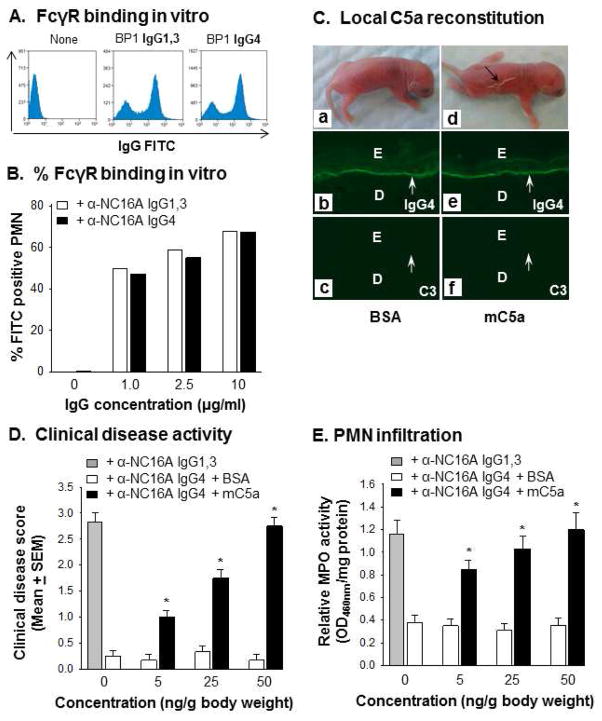Figure 7. Anti-NC16A IgG4 bind to FcγRs on neutrophils and induce BP in C5a reconstituted NC16A mice.
Mouse neutrophils (1×106) were stained with anti-NC16A IgG1,3 or IgG4 from BP1. IgG bound neutrophils were quantified by flow cytometry using goat-anti-human IgG FITC conjugates. Anti-NC16A IgG1,3 and IgG4 exhibited comparable binding to FcγRs on mouse neutrophils (A) at 1–10 μg/ml concentrations (B). In vivo, anti-NC16A IgG4 induced BP blister in mC5a locally reconstituted NC16A mice (C). Clinical disease activity (D) and skin neutrophil infiltration (E) in the mC5a reconstituted NC16A mice were mC5a-dependent. Similar results were seen using BP2 and BP3 anti-NC16A IgG1,3 and IgG4 (data not shown). n=6, p<0.01, mC5a vs. BSA groups.

